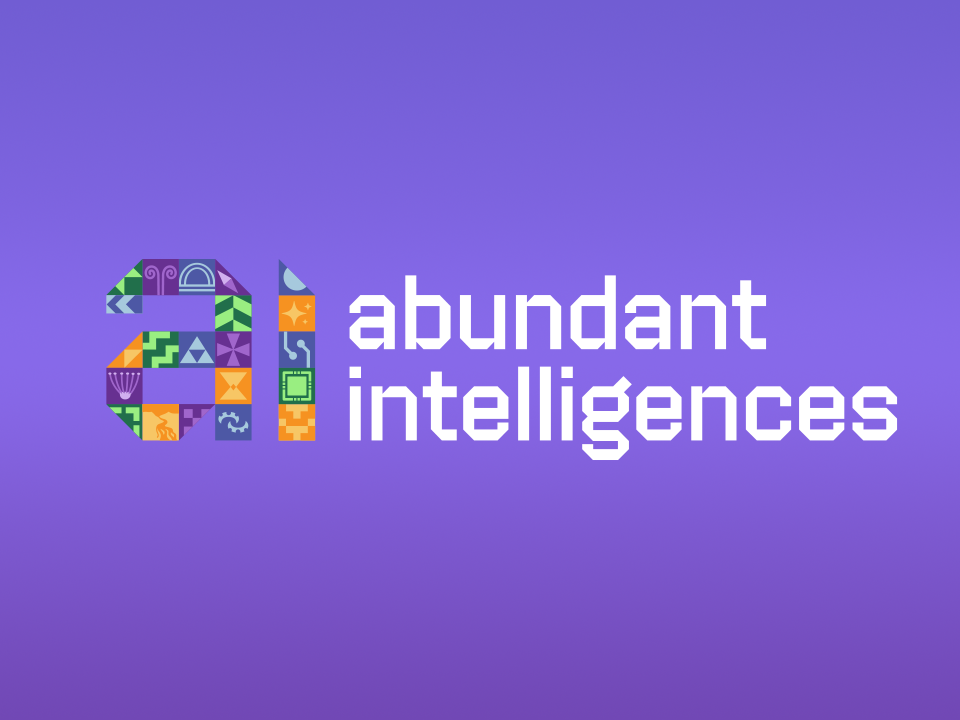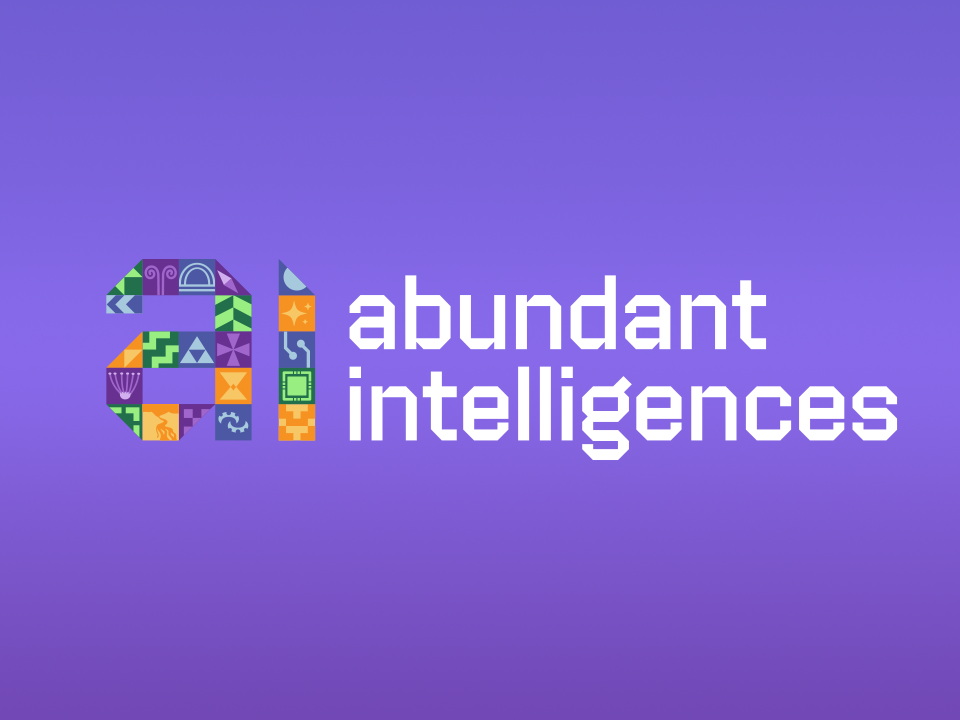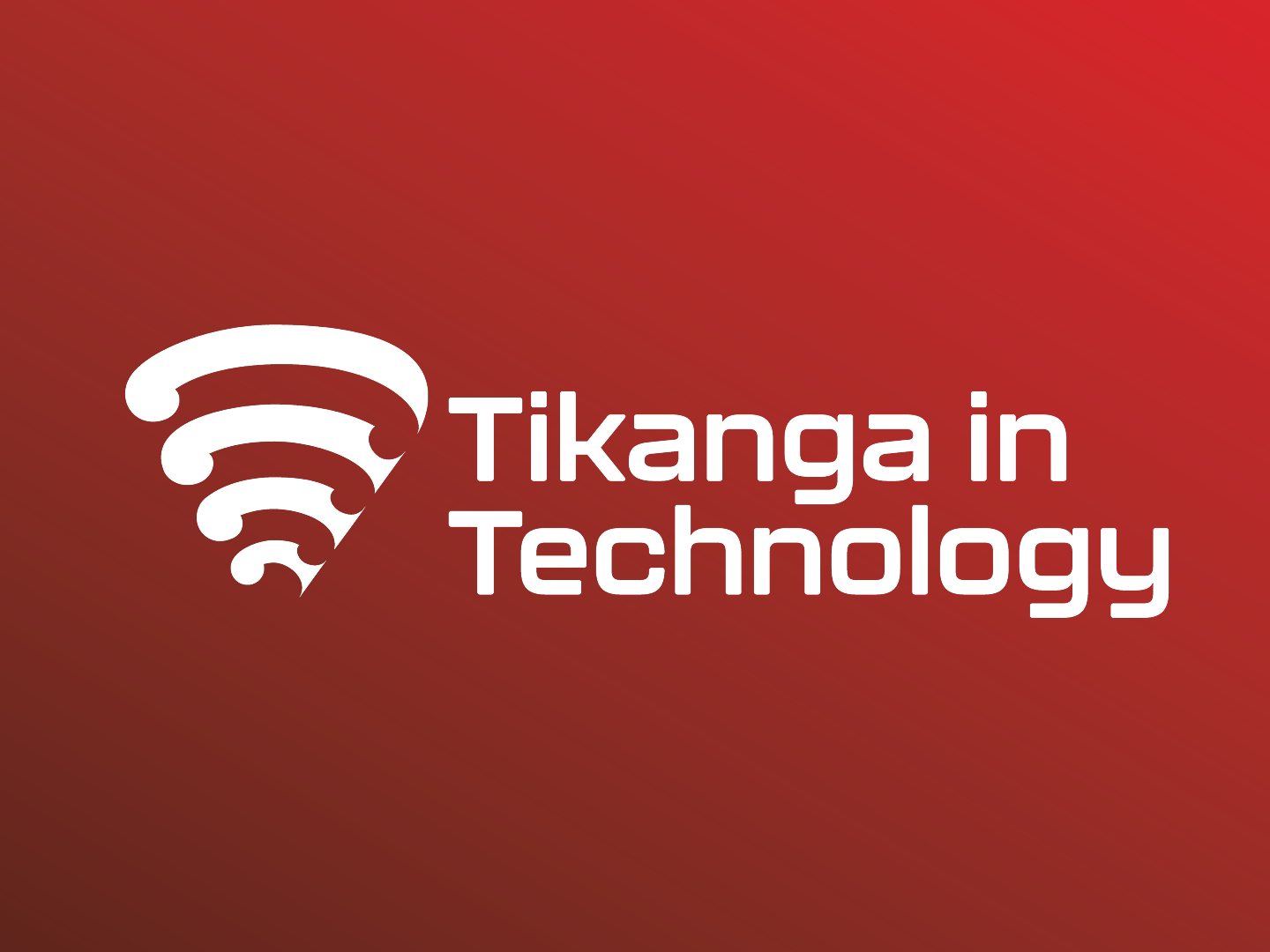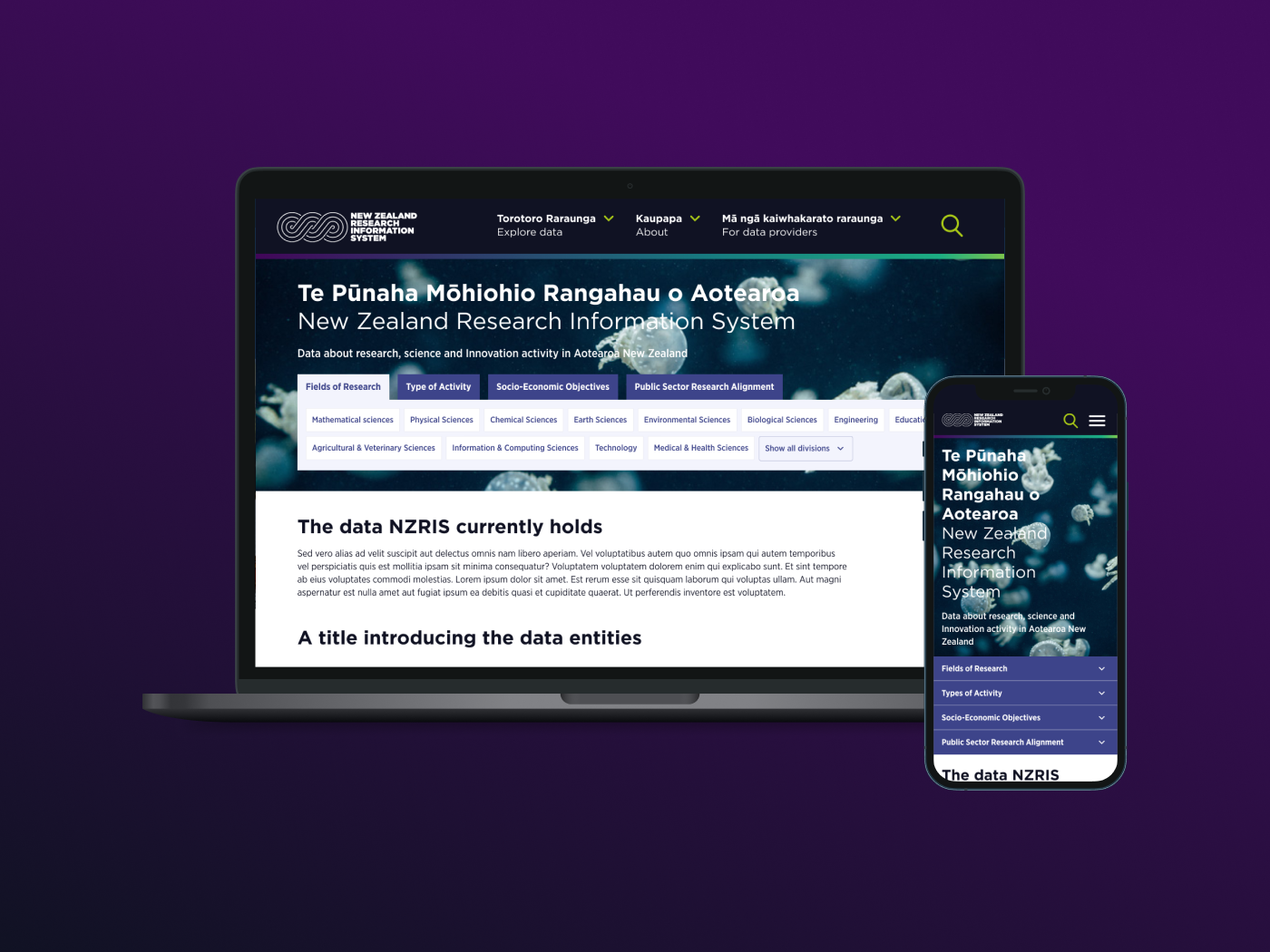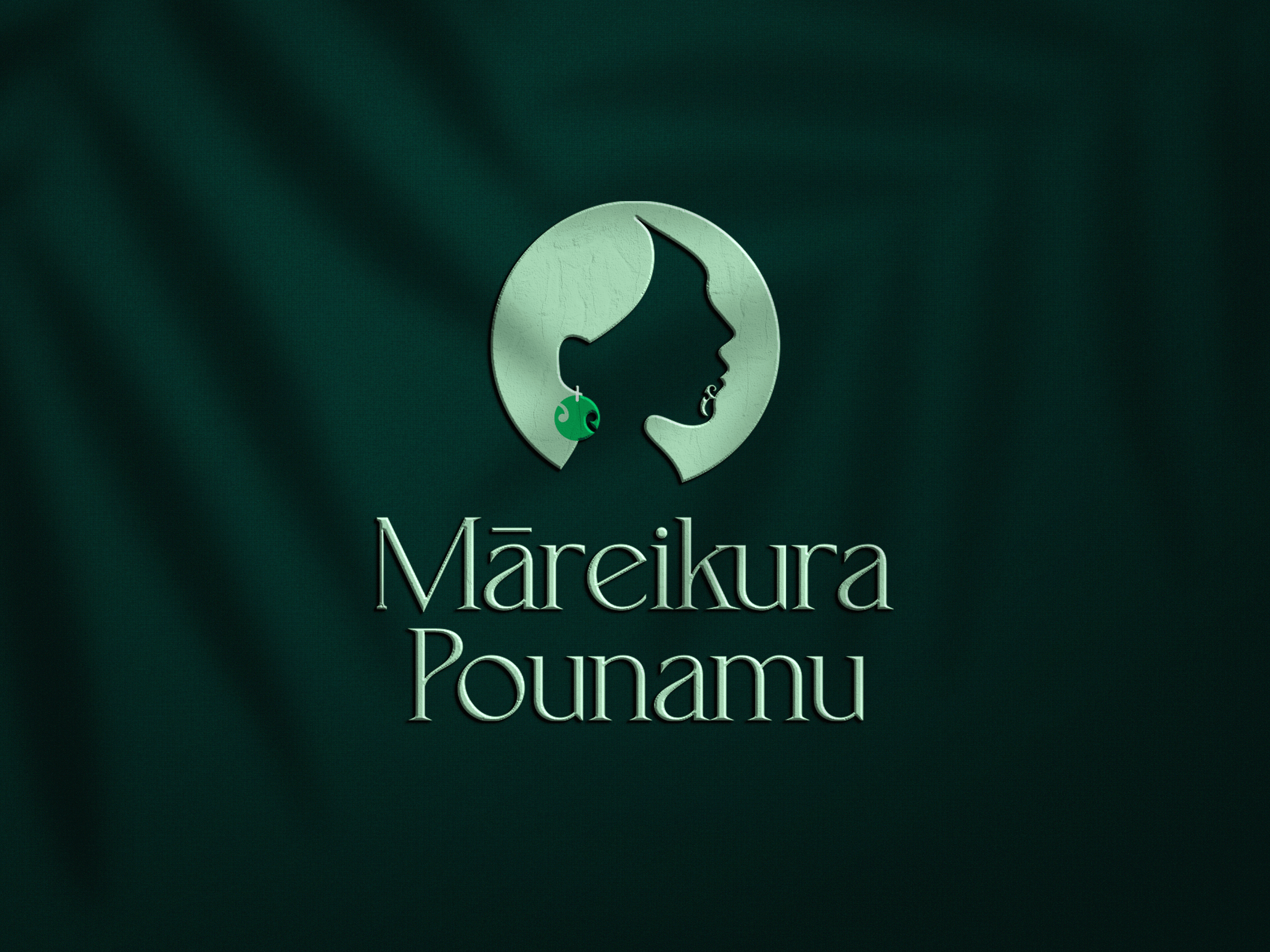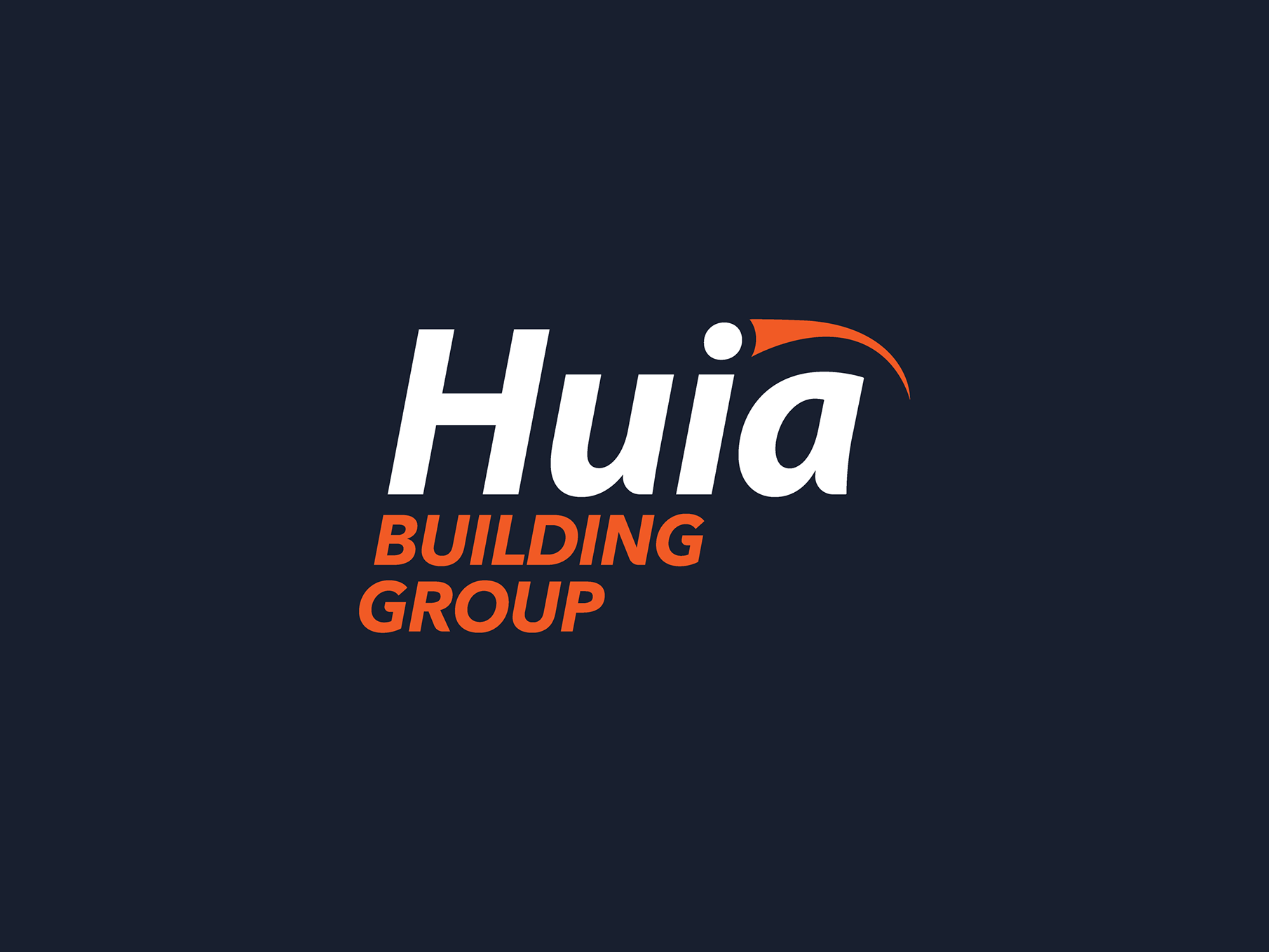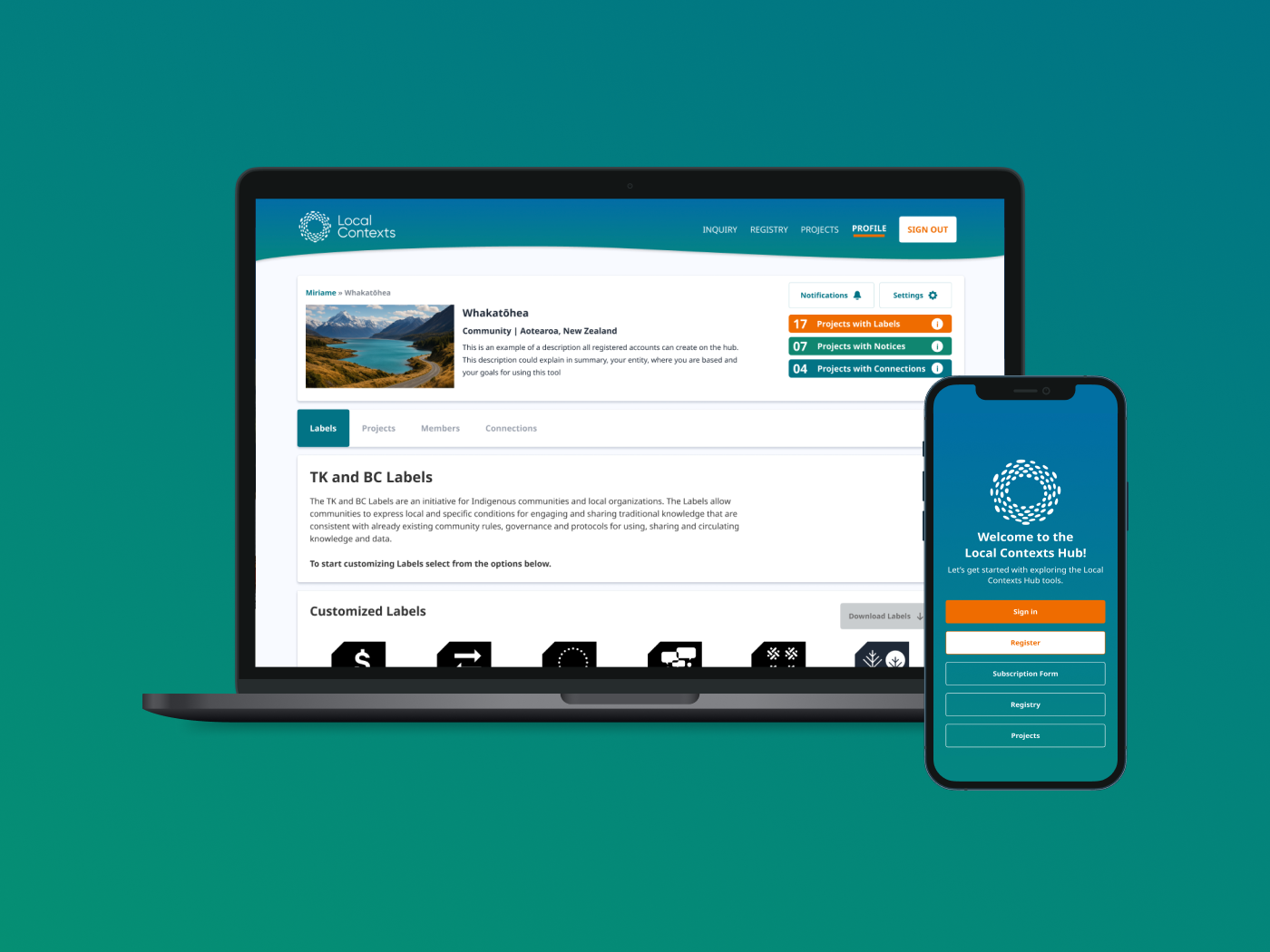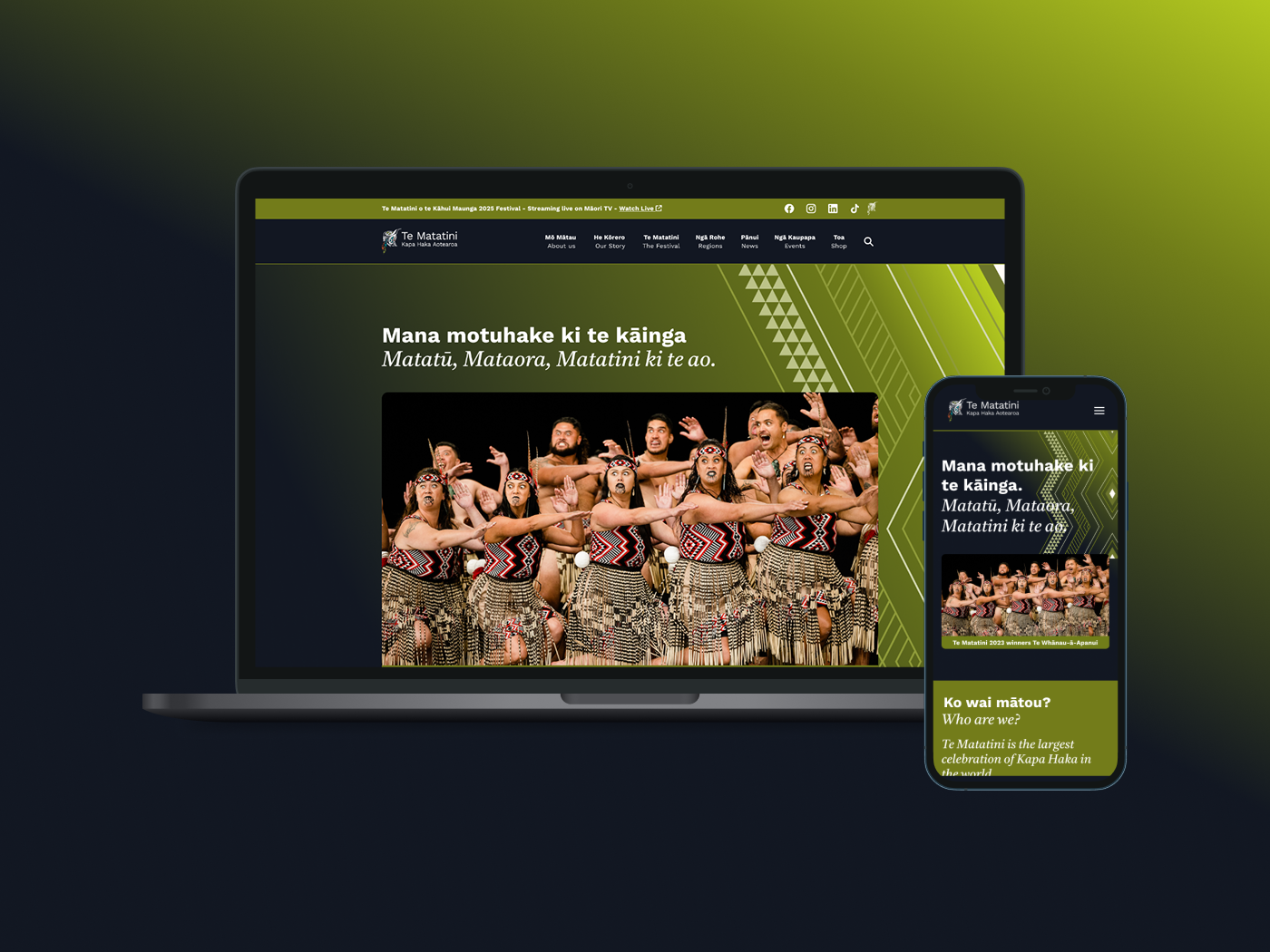Tahatū Careers Planning Solution
Careers NZ, had conducted research into the current labour market and discovered that Māori, young people, migrant workers, and women were disproportionately represented in unemployment and low-skilled roles. These groups were hardest hit by the COVID-19 pandemic, often experiencing job loss without knowing how to navigate their next steps.
Many of these individuals were dedicated workers, yet felt lost or disheartened. They weren’t sure how their skills transferred into other roles or which career options were available to them.
We partnered with Springload, Nicholson Consulting and the Tertiary Education Commission (TEC) to design and deliver a new careers planning platform to support New Zealanders aged 7-70+ to explore new pathways, better understand their transferrable skills, and confidently navigate the future of work.
Role: UX Designer
Tools: Figma, Jira, Confluence, Optimal Workshop and Miro
Year: 2020-2021
Deliverable: Wireframes, User Testing, Research
Type: Agency project
The Process
We collaborated as part of a 70-person consortium, working in an Agile, cross-functional environment.— iterating rapidly across research, prototyping, design, and MVP development. Our team engaged directly with users across different life situations and mindsets such as, exploring options, seeking work, feeling stuck, unsure of where to start. These insights helped us build empathy and ensure the tool met people where they were at, both emotionally and practically.
Skillnet MVP toolOne of our first deliverables was the Skillnet tool — aimed at supporting Aotearoa's most vulnerable communities as they navigated career change and uncertainty. Our organisation led the cultural and design expertise within this ecosystem.
The Mission
Our mission was to empower Kiwis to recognise the value of their existing work and life experience, and to explore meaningful career pathways aligned with their skills. A key focus was ensuring the tool felt culturally affirming, particularly for Māori users — enabling them to feel recognised, valued, and supported throughout their career journey.
My Role
As a UX/UI designer, I was responsible for creating low- and mid-fidelity wireframes that focused on usability, accessibility, and clarity. I mapped out key user flows and outlined core functionality for the MVP. I also planned and facilitated usability testing, gathering insights that directly informed design refinements. My design decisions were always grounded in user empathy, cultural relevance, and a strong understanding of real-world barriers to employment.
User Insights & Usability Testing
We used insights from the initial research phases conducted by our clients to inform the creation of an interactive prototype for testing. We conducted usability testing sessions with 12 participants from diverse cultural backgrounds, age groups, and career mindsets — including those who were seeking work, exploring options, or unsure about their next steps. We took a culturally affirming approach and used the Decolonised Research Framework.
Our primary goals were to:
• Validate the overall concept
• Test navigation and task flows
• Evaluate the job database experience
• Conduct a card sorting activity to prioritise new tools and features within the wider ecosystem
• These sessions helped us better understand how users perceived the tool, how they interacted with it, and where friction points emerged.
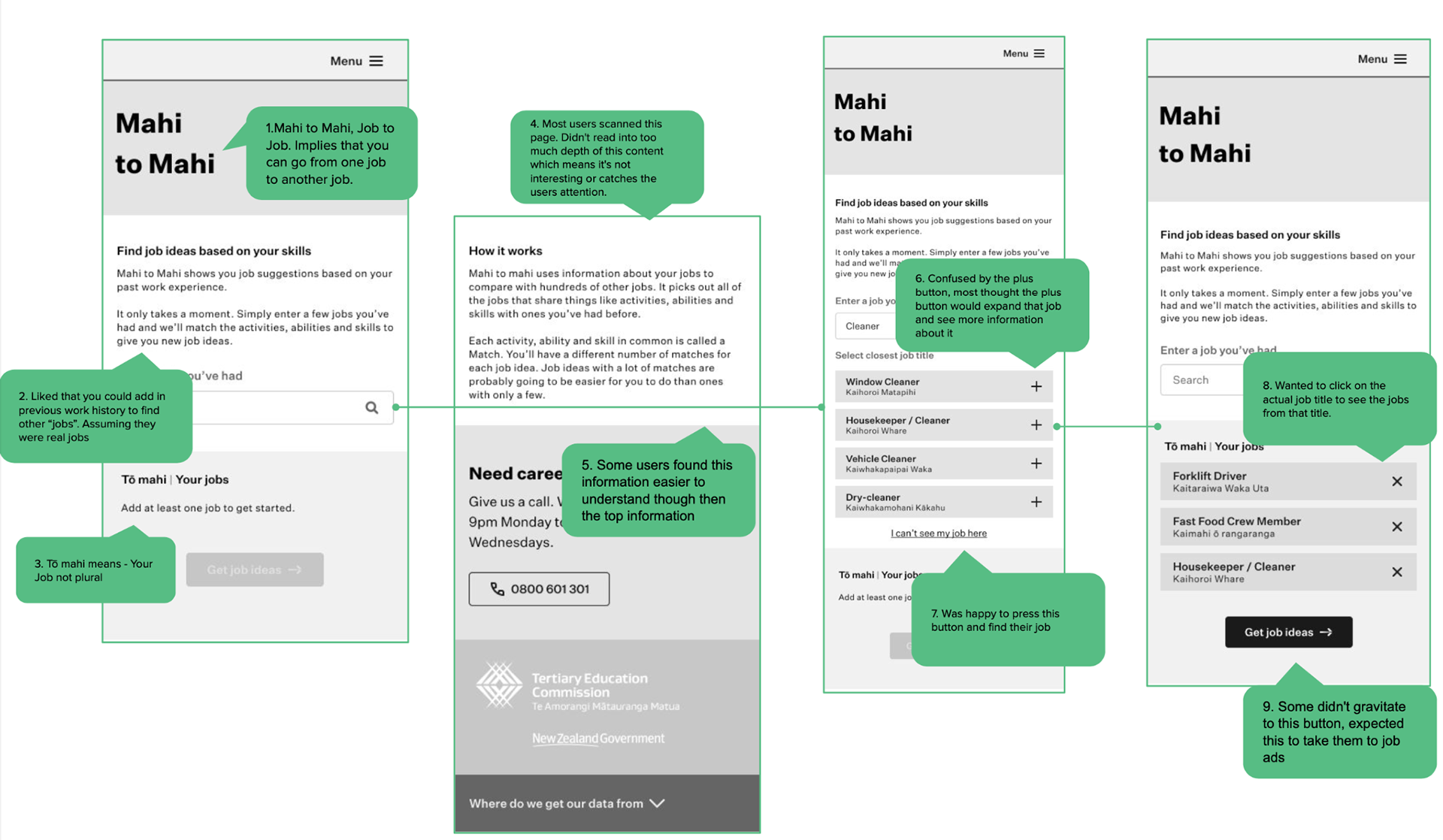

Key Findings
Naming Confusion: The name Mahi to Mahi was misinterpreted by several participants, who assumed it meant moving directly from one job to another, rather than exploring transferable skills.
High Interest in Job Listings: Users were eager to see real job ads or links to current opportunities, suggesting that bridging inspiration and action would enhance engagement.
Skills Visibility: While users appreciated seeing overlapping skills between their past experience and suggested jobs, they wanted to see their own skill set clearly first — as a foundation for understanding transferability.
Too Many Steps: Several participants felt that it took too many actions or clicks to reach their personalised skills list, leading to frustration or drop-off.
Job Relevance: Users were confused by job results that included roles not available in New Zealand, which impacted trust in the tool’s accuracy.
Unclear Skill Indicators: The star rating system used to represent skill proficiency or alignment was not well understood. Participants weren't sure what the stars meant or how to interpret them.
These insights directly informed refinements to the navigation flow, content clarity, and visual language. They also highlighted the importance of balancing inspiration with practical outcomes — giving users a clear sense of their own value while guiding them toward real opportunities.
UI Application designed by Emma Martin (Springload), Illustrations by Johnson Witehira
The Solution
In 2021 we soft released the MVP site Skillnet. We designed a localised career planning tool that allows users to highlight their work history — including informal and non-traditional experience — and discover new career pathways based on their transferable skills. The tool also shows which jobs are in demand across Aotearoa, what skills are needed, and where training or support might be accessed.
Key features included:
• Bilingual experience - promoting both national languages across all heading styles
• Culturally relevant job descriptions for New Zealand workers
• Culturally inclusive language and design
• Personalised career suggestions
• Real job ads
• Detailed information about the skills, knowledge and abilities you can collect in each role
Refinements
Based on user feedback, we worked collaboratively across the ui design, content, strategy, development and analyst teams to refine the tool at a rapid speed. The next few images showcase the steps we took to improve to the tool.
Renaming the Tool: In response to naming confusion, we changed the tool's name from Mahi to Mahi to Skillnet. This better reflects the tool’s purpose of helping users explore transferable skills and new career opportunities, avoiding the misinterpretation of moving directly from one job to another.
This also informed the design approach for this tool incorporating concepts derived from matakupenga (fishing nets) and concepts of collecting skills along the way - ensuring we are culturally relevant to both the tool and the audience.
Refined the tone of voice: We collaborated with a Te Reo Māori speaker and a content writer to create conversational, user-friendly content that guided users through the tool, ensuring it was culturally sensitive, easy to understand, and supportive. Our tone of voice was designed to be non-threatening, informative, and encouraging, helping users feel confident exploring their options.
Incorporating Job Listings: To address the high interest in seeing real job opportunities, we partnered with Trade me and Seek to integrate links to real-time job ads within the tool.
Localising the Occupation Database
The tool used ONET, a Canadian occupation database, as its foundational dataset. However, many of the roles and terminology in this system were not directly relevant to the New Zealand job market. To ensure the tool delivered meaningful, relatable information for users, we needed to localise the database for an Aotearoa context.
A core part of this localisation was recognising and integrating culturally-centred roles, tasks, and skills that reflect te ao Māori values and principles — roles that are often overlooked in mainstream frameworks.
My contributions included:
Conducting a gap analysis of the existing localisation process to assess where the database failed to reflect Aotearoa-specific occupations.
Identifying roles, tasks, and skills unique to Aotearoa — particularly those relevant to Māori communities and cultural practice.
Defining how these occupations and attributes could be incorporated into the broader dataset to support a more culturally affirming and contextually relevant tool.
Improving Skills Visibility: I actively worked with the UI designer to refine the experience. I re-ordered and simplified the flow to allow users to first see their own skills before exploring how they transfer to new roles. This approach provided a clearer foundation for users to understand their transferable skills before understanding how they transfer into other careers.
Clarifying Skill Indicators: We revised the star rating system to make it more intuitive and user-friendly. The updated system now clearly indicates skill proficiency and how it aligns with job opportunities, reducing confusion among users.
Reflection
This project was deeply meaningful to me as both a designer and as someone committed to culturally responsive design. It showed the power of technology to restore confidence and self-worth, especially for communities that are often overlooked in mainstream career systems. By embedding te ao Māori into the design and development process, we created a tool that not only informs but uplifts individuals to better understand their lived experiences and transferrable skills.
I continued to support the development of the other tools created by the team such as another career planning tool - Build my world - an interactive and broad planning tool to transfer dreams and aspirations into tangible careers as well as ideate other possible tools before the project was reduced. The images below showcase some of the work I contributed to.
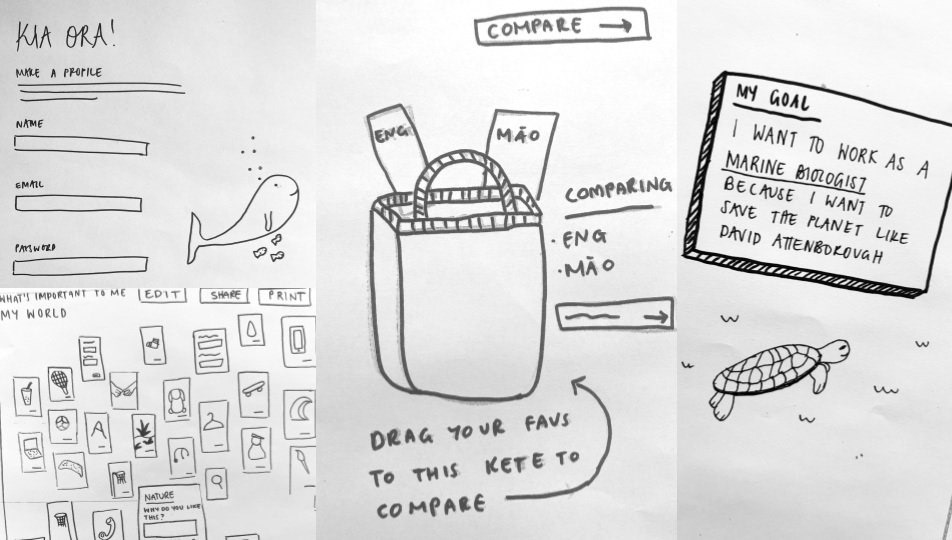
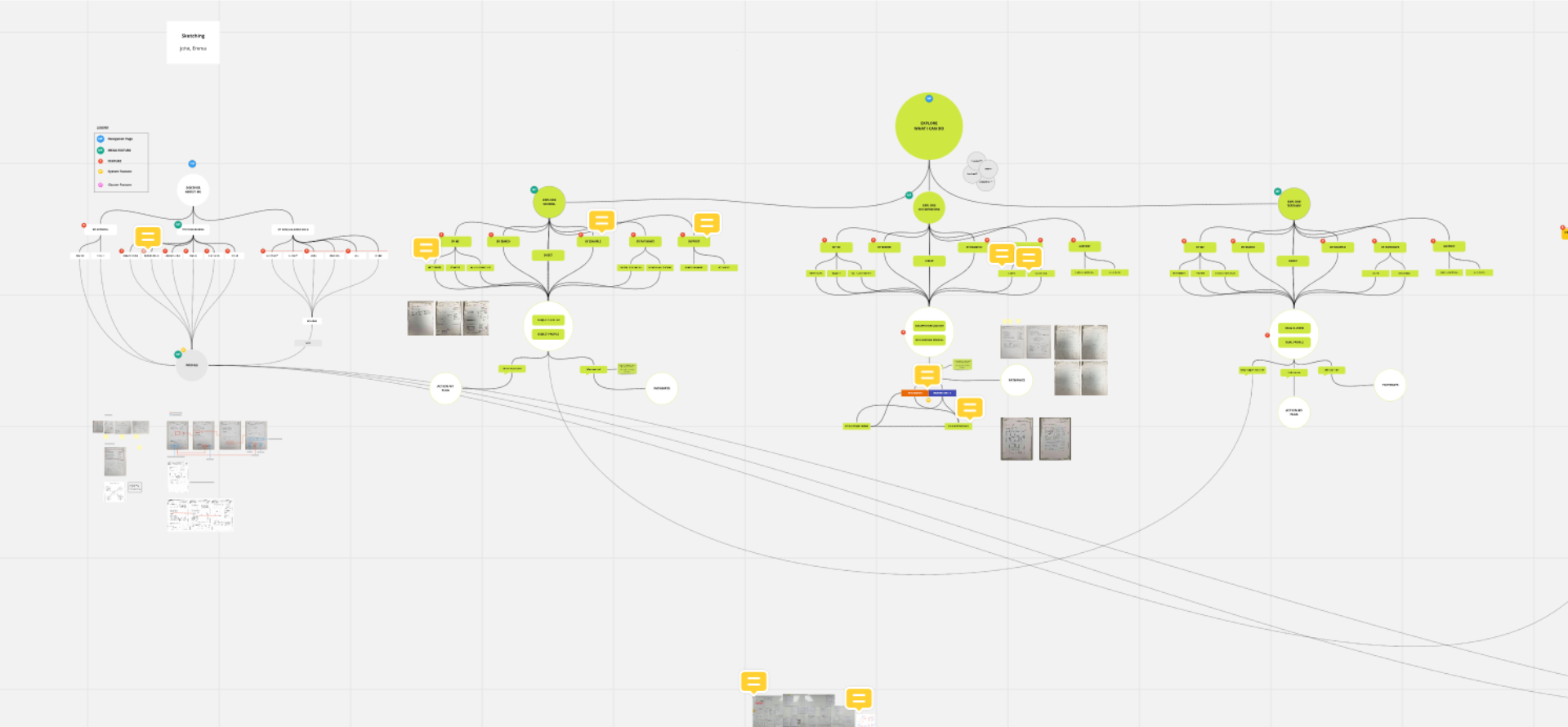
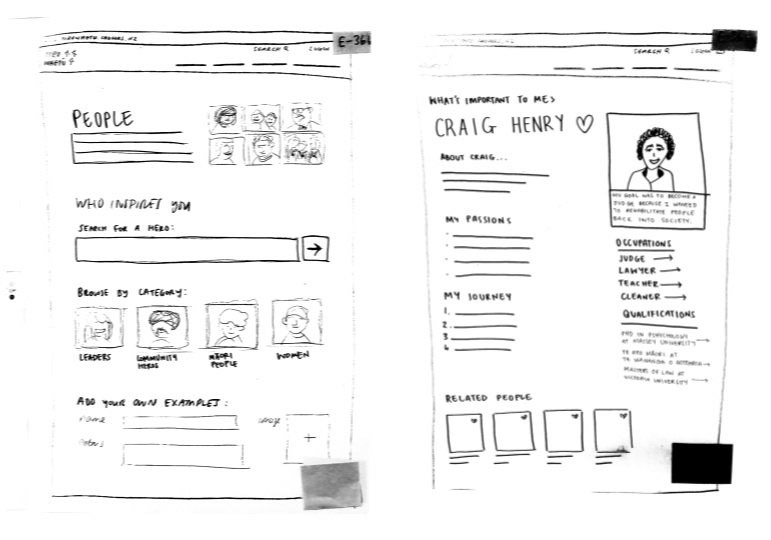
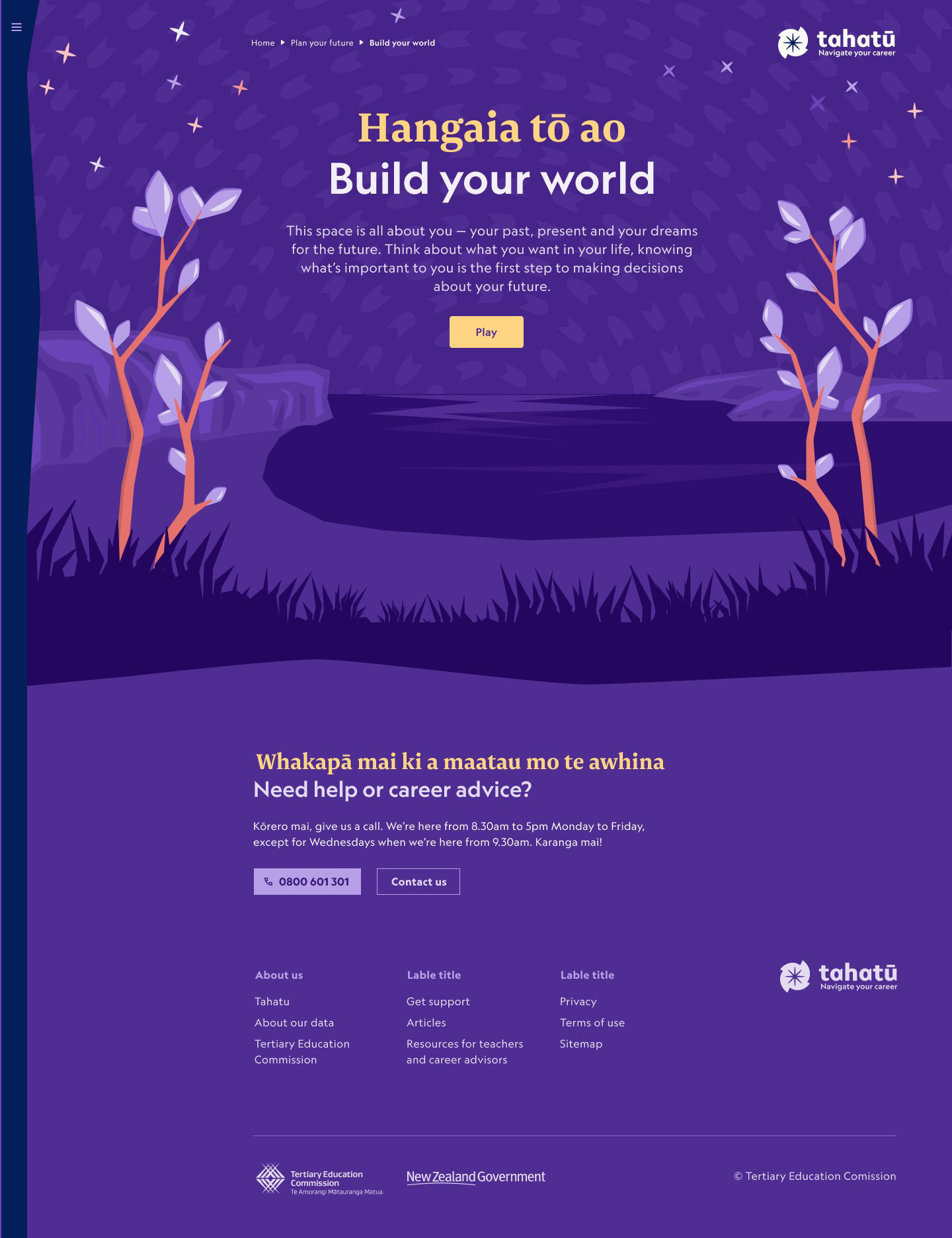
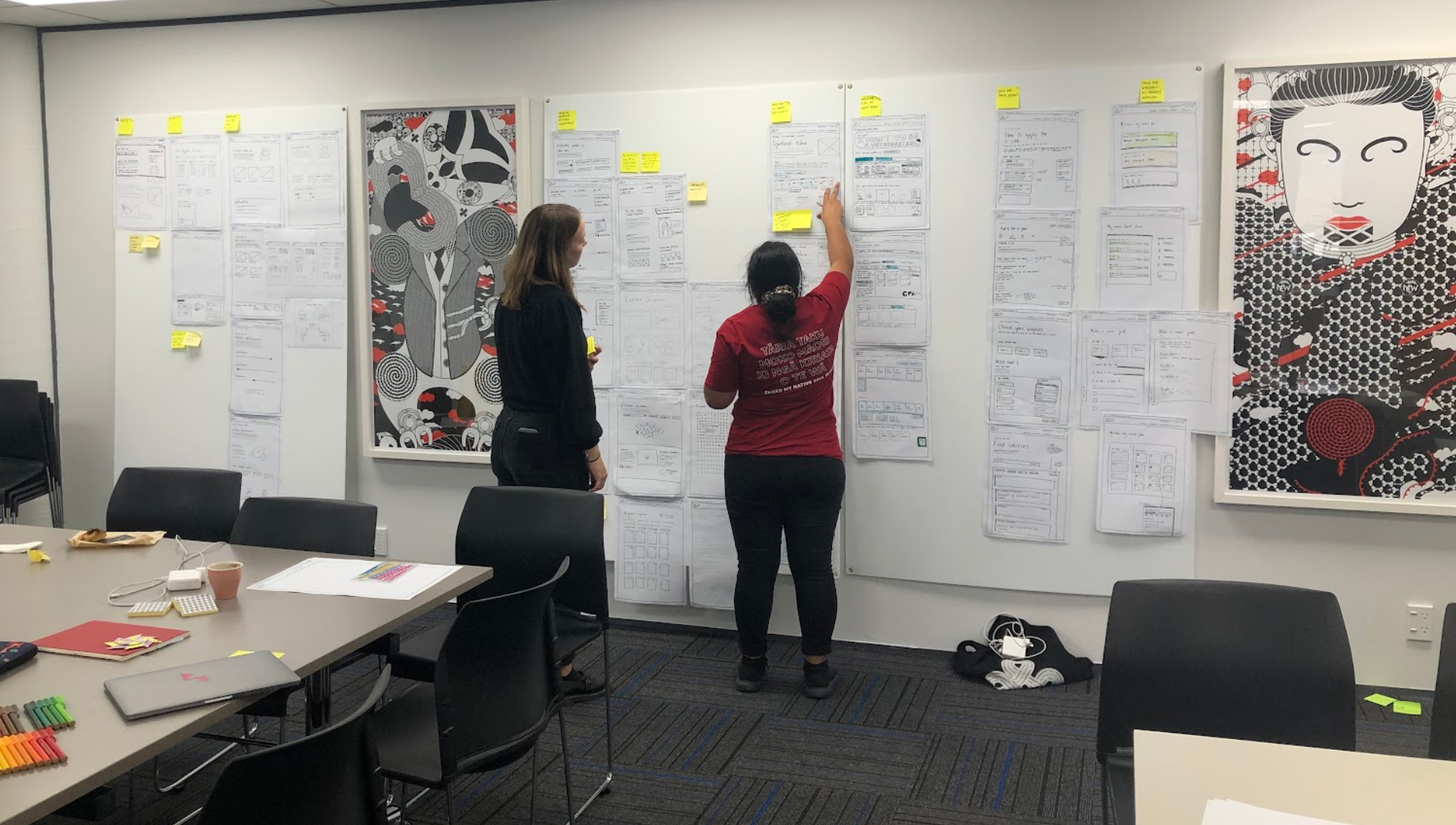
Collaborators
Tertiary Education Trust
Gillian Vosper, Paul Touhey, Murdoch Carpenter, Danielle Masterton, Toni Janes, Kyle Barrett-Wilson, Adam Day, Sarah Morrison, Daniel Yeoh, Donna Spencer, Fleur Cogle, Kathryn Fitzpatrick, Katie Scott, Matthijs van Dijk, Mike Thompson, Sue Yates, Valasi Ah Kuoi, Ben Ritchie.
Springload
Lauren Skogstad, Stuart Whitehead, Logan Hodgson, Kanhika Nikam, Bryce Howard, Emma Martin, Rosie Woodcock, Meron McCardle, Karl Madsen, Joyce O'Reily, Lizy Cretney, Lorna Goodwin, Sarah Beresford, Jackie Thomas, Calvin Giles, Phil Hodgson, Hana Pearson-Coats, Stephanie Kan, Chris Chinnery, Eugene Dementiev, Haydn Greatnews, Jason Kruger, Juliet Brown, Lawrence Ball, Richard McMillan.
IDIA
Miriame Barbarich, John Moore, Johnson Witehira, William Minty, Maddie Bell, Renee Waiwiri.
Nicholson Consulting
Todd Nicholson, Kylie Reiri, Nick Walshe, Ben Wattie, Conrad MacCormick, Ernestynne Walsh, Faye Nielsen, Kenny Graham, Kiya Basabas, Max Forsyth, Pip Bennett, Vinay Benny.
Client
Careers New Zealand
Agency
Indigenous Design and Innovation Aotearoa (IDIA)


